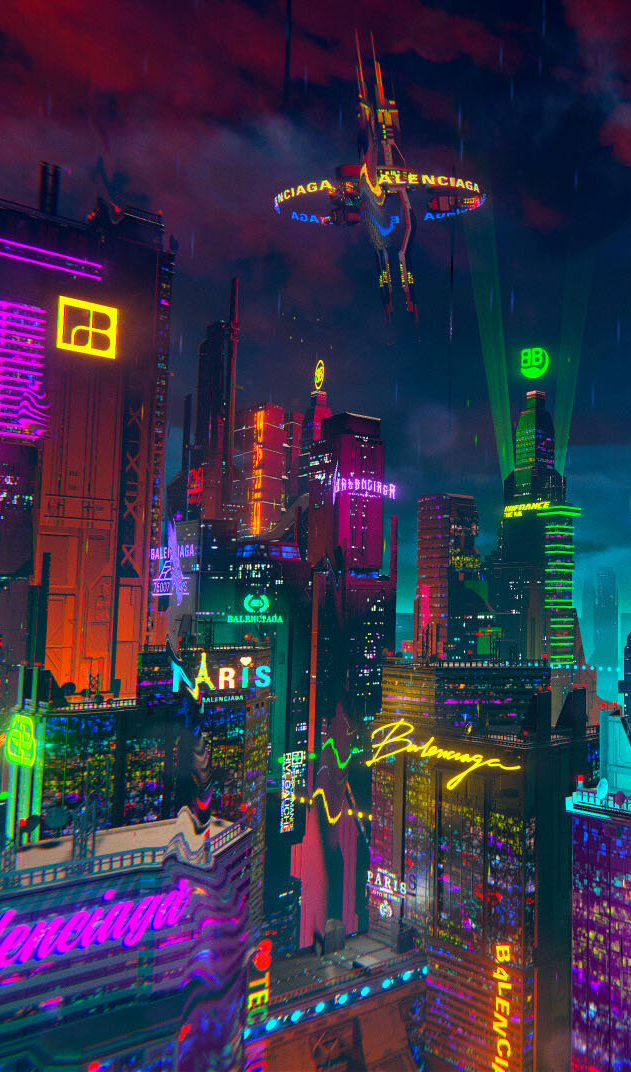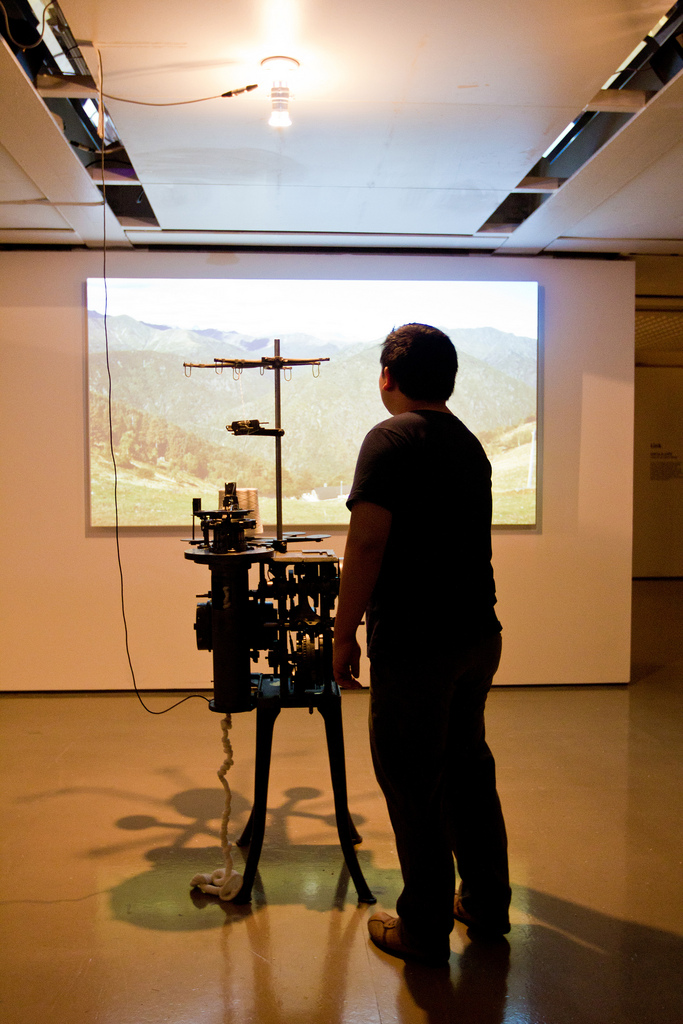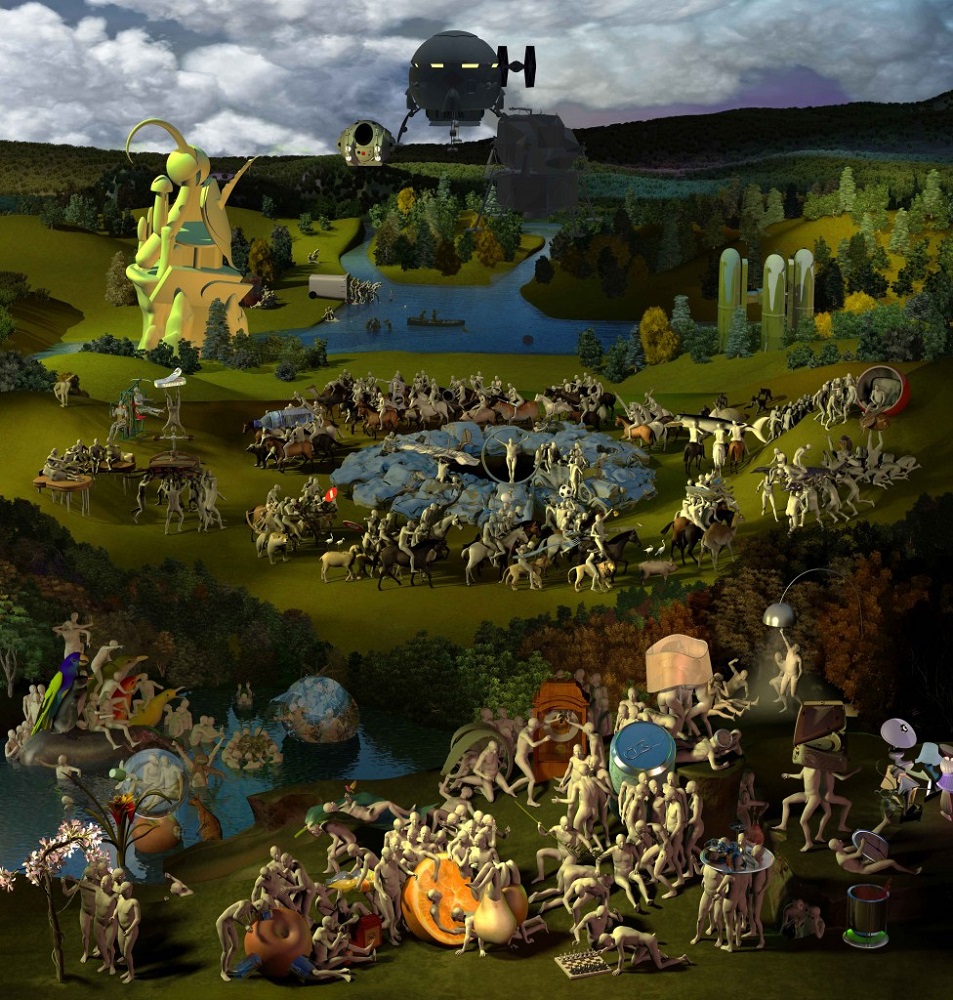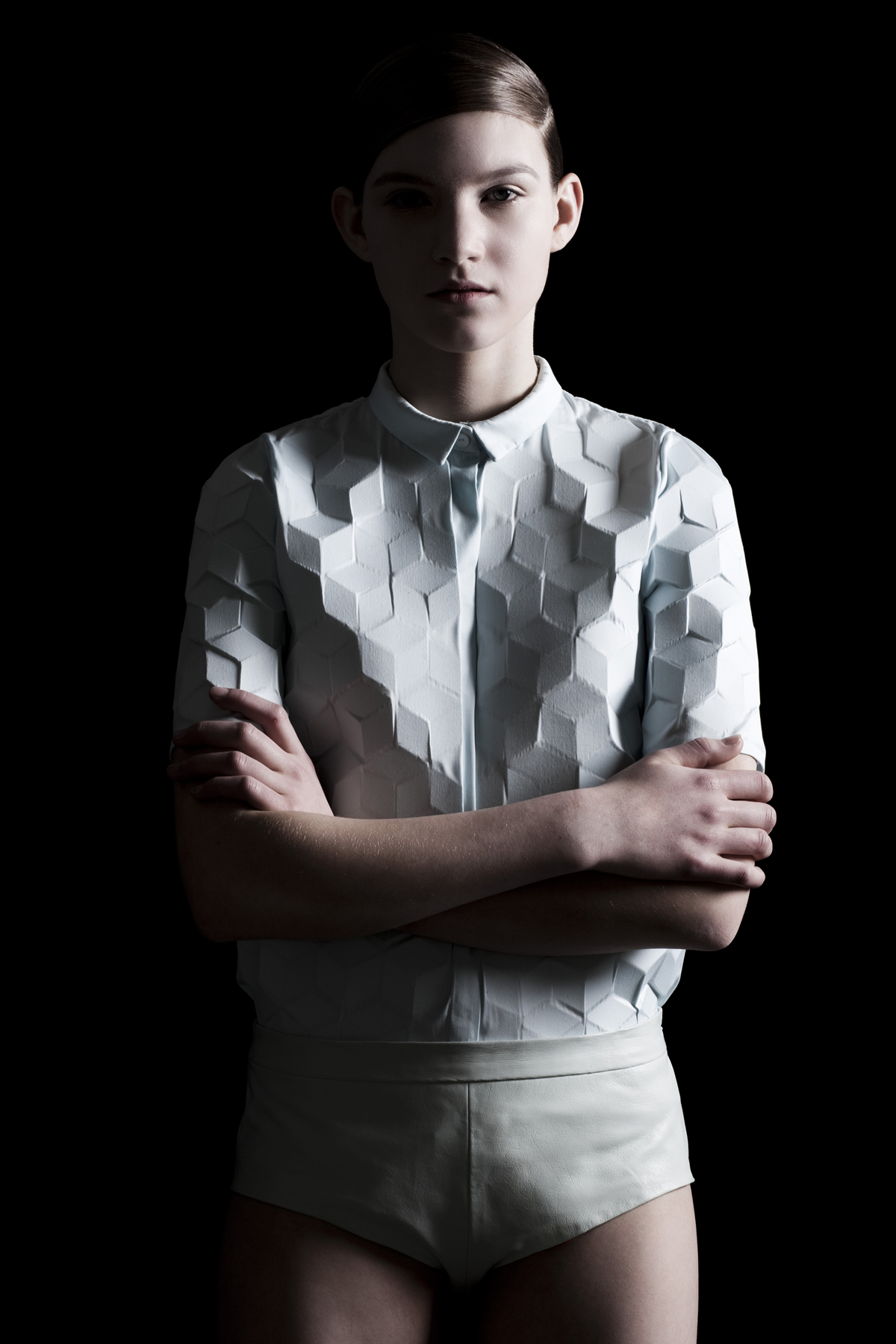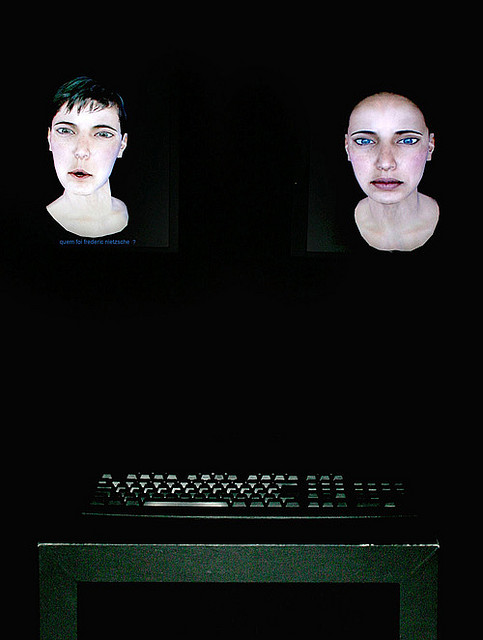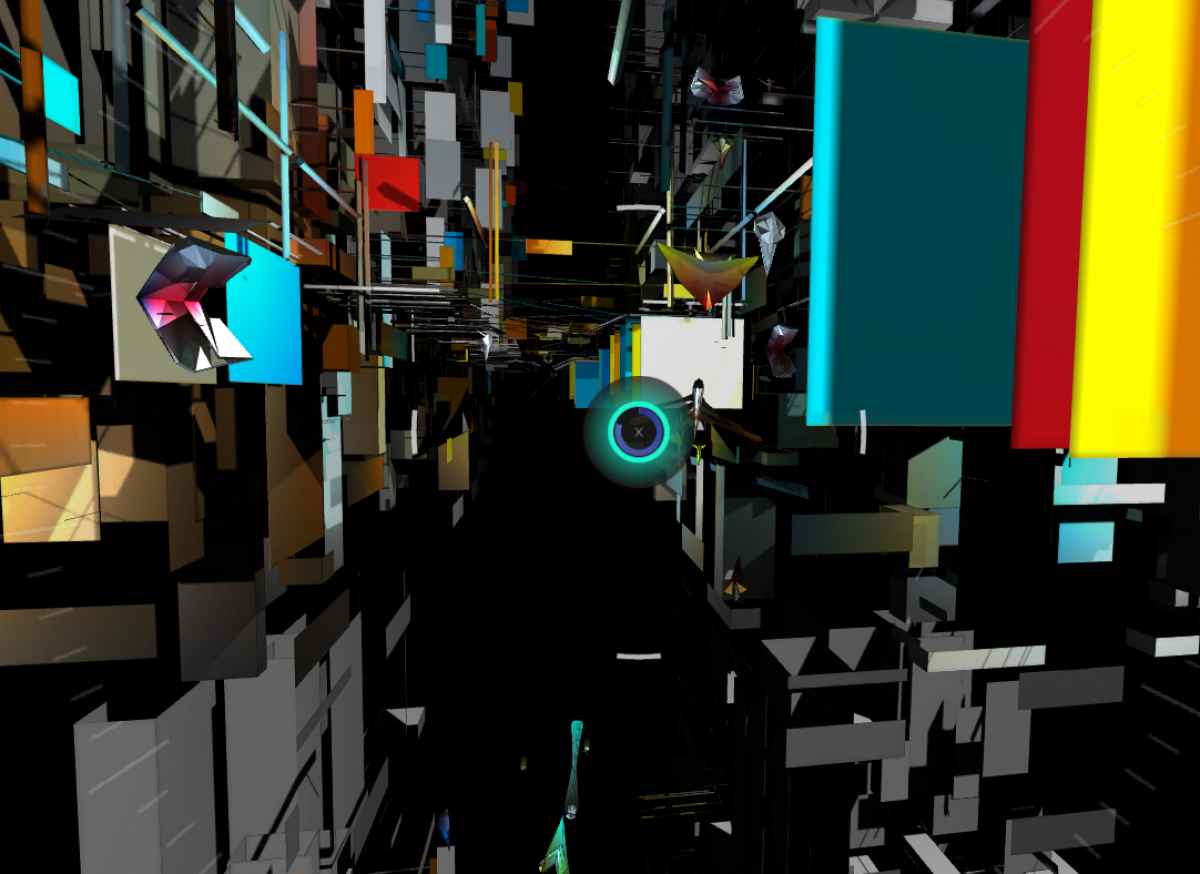timeLandscape woolrhythms
“timeLandscape – wool rhythms” 2010. Part of timeLandscape series, 2009 – 2010. Video, audio, projector, speakers, custom patch (PD-Gem), sensor, wool engine. Variable dimensions and duration, loop. “timeLandscape – woolrhythms” is an interactive audiovisual installation in which a landscape is depicted from its multiple time possibilities and [re]composed through users’ real time interaction. The installation was developed in Biella, Italy, an area economically attached to textile industry, and deals with the cyclical perception of time and human, linear, interference on it. It gathers nature and artefact, by connecting a physical wool engine to digital imagery of daily cycles. By turning the wheel crank, users generate movement starting the engine. Through a sensor attached to the machine, software calculates the rotation speed, altering parameters for mixing audio and video fragments in real time. Every turn of the machine leads to different time thread combinations in response to the rhythm and speed of each interactor.
FILE FESTIVAL






